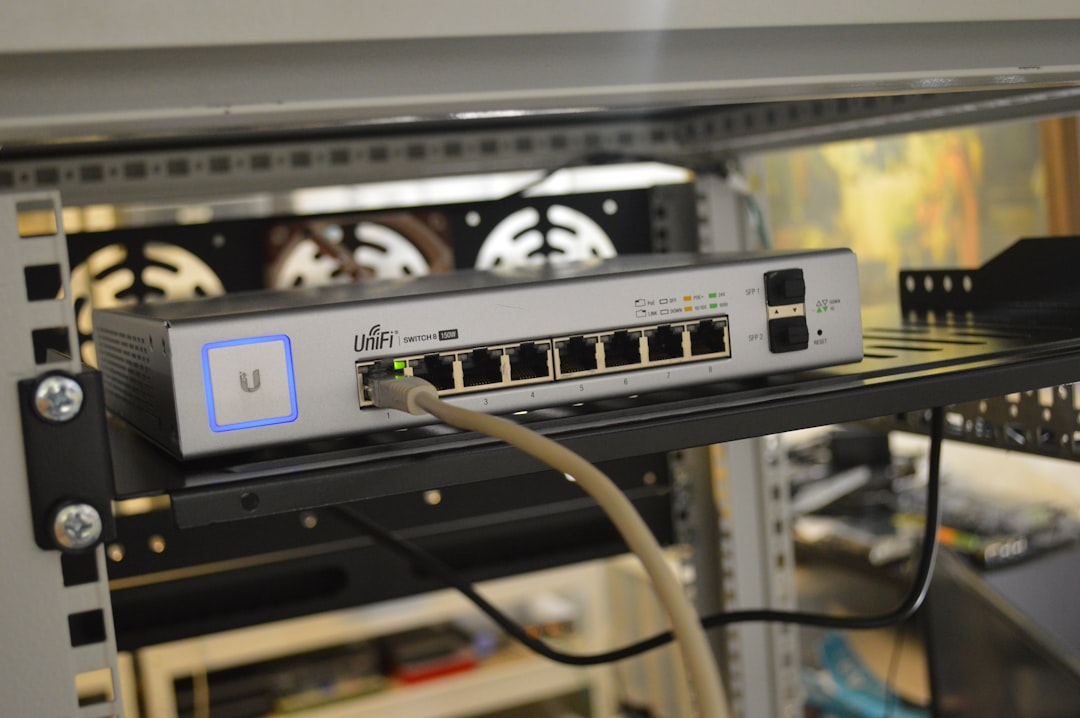Protecting your network might sound like wizardry, but it’s easier than you think. In fact, some simple steps can put you one step ahead of the bad guys. This guide will teach you the basics of IT security and how to lock your digital doors like a pro!
Why Network Security Matters
Just like you lock your front door at night, you need to lock your network. Why?
- Hackers want your data — your personal info, passwords, business secrets.
- Viruses can spread — damaging files or stealing information.
- Ransomware attacks — hackers lock your system and ask for money (yikes!).
So yes, it’s a big deal. But don’t worry. We’re going to break it down step-by-step.
Step 1: Change Default Passwords
Let’s start simple. Routers and devices often come with a default password like admin123. That’s the first thing hackers try.
Tip: Change those passwords! Use something complex — mix letters, numbers, and symbols.
- Bad: password123
- Good: 6hT!9vB&2x
Make it long, make it strong!
Step 2: Lock Down Your Wi-Fi
Your Wi-Fi network is like the front gate to your house. Keep it locked.
- Use WPA3 if your router supports it. It’s the latest and strongest security option.
- Change the admin login on your router — not just the Wi-Fi password.
- Hide your SSID — that’s the Wi-Fi name. You don’t need to broadcast to the whole street.
Also, set up a guest network for visitors. That keeps your devices safe if their devices are infected.
Step 3: Install a Firewall
A firewall acts like a bouncer at your digital door. It lets the good stuff in and keeps the bad stuff out.
- Hardware firewalls are built into most routers.
- Software firewalls come with most operating systems.
- You can also install third-party firewalls for better control.

Don’t turn them off unless you know exactly what you’re doing.
Step 4: Keep Everything Updated
Updates aren’t just annoying popups. They fix bugs and patch holes that hackers love to crawl through.
Always update:
- Operating systems (Windows, macOS, Linux)
- Web browsers
- Router firmware
- Apps and antivirus software
Turn on automatic updates when you can. Set it and forget it.
Step 5: Use Antivirus and Anti-Malware
Trojans and ransomware and spyware—oh my! That’s where antivirus comes in.
Install a good antivirus program and let it work in the background. Some of the best include:
- Bitdefender
- Malwarebytes
- Norton
- Windows Defender (built-in on Windows!)
Set it to scan regularly. You’ll sleep better at night.
Step 6: Use Strong Authentication
Passwords aren’t perfect. People reuse them or forget them. That’s where two-factor authentication (2FA) saves the day.
2FA means you need your password and something else — like a code from your phone — to log in.

Use 2FA everywhere you can: email, banking, even Netflix. It adds an extra wall for hackers to climb.
Step 7: Segment Your Network
This step is a little geeky but super useful. Think of it like putting up walls inside your house.
Network segmentation means separating devices into different parts (or VLANs). Why?
- If one device is hacked, it can’t infect everything else.
- You can give different access to guests, cameras, or employees.
It keeps your smart toaster from talking to your laptop. Which is good. Toasters shouldn’t talk to laptops anyway.
Step 8: Limit Access
Don’t give everyone access to everything. That’s how mistakes happen.
Only allow access to what’s needed. For example:
- Your kids don’t need access to the office printer.
- Your smart lightbulbs don’t need access to your VPN.
Think like a nightclub manager. If someone’s not on the list, they’re not getting in!
Step 9: Backup Your Data
Even with the best security, things can go wrong. That’s why backups are essential.
- Use cloud backup (like Google Drive, iCloud, OneDrive).
- Also use physical backups (like an external hard drive).
- Keep at least one backup disconnected from the network.
Backups let you restore your data, even if it’s been lost, stolen, or held for ransom.
Step 10: Train and Stay Aware
Most attacks start with human error. Clicking a bad link. Opening a sketchy attachment. So let’s fix that.
Education is your secret weapon.
- Teach your team or family about phishing emails.
- Don’t click unknown links or download strange files.
- Double-check websites before entering passwords.
When in doubt, don’t click!
Bonus Tips
Want to go the extra mile? Try these pro moves:
- Use a VPN when using public Wi-Fi.
- Disable UPnP on your router (hackers can abuse it).
- Check connected devices on your network regularly.
- Set up alerts for unusual activity in your accounts.
Conclusion: Build Your Cyber Fortress
Securing your network doesn’t have to be a pain. With a little effort, you can build an impressive digital fortress.
To recap, remember the basics:
- Strong passwords
- Update everything
- Use firewalls and antivirus
- Educate yourself and others
The internet can be a wild place. But with the right tools and knowledge, you’ll be the one in charge.
Now go forth, padlock those ports, and defend your data!
